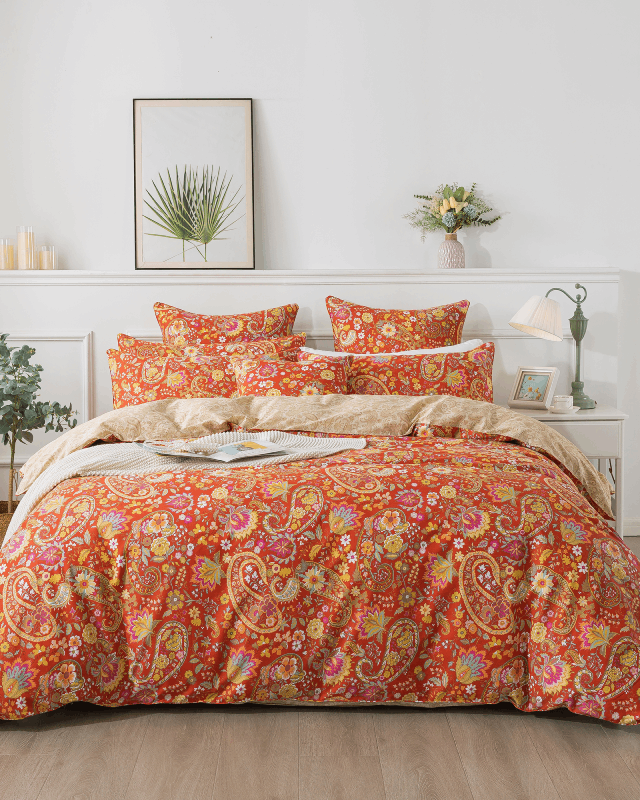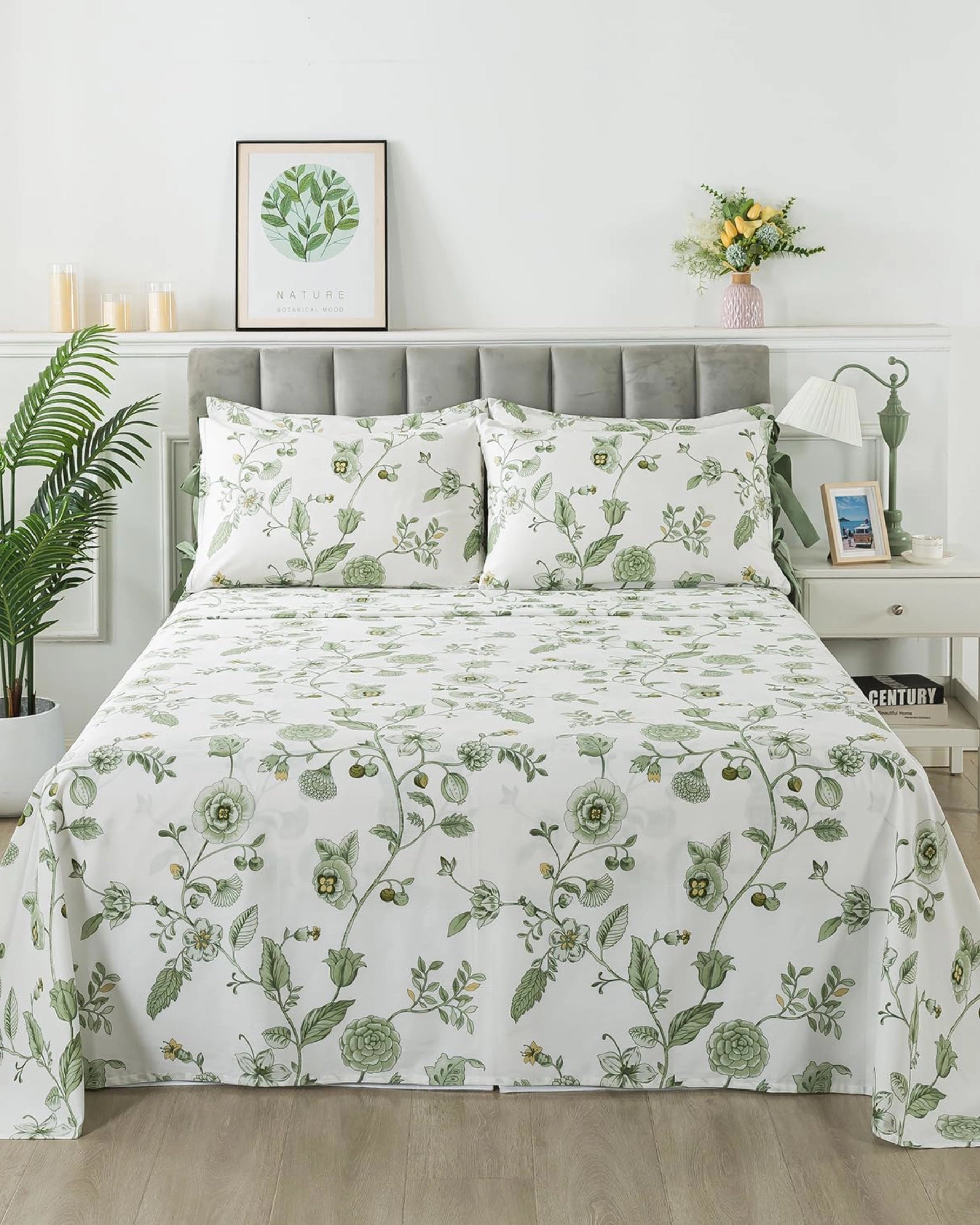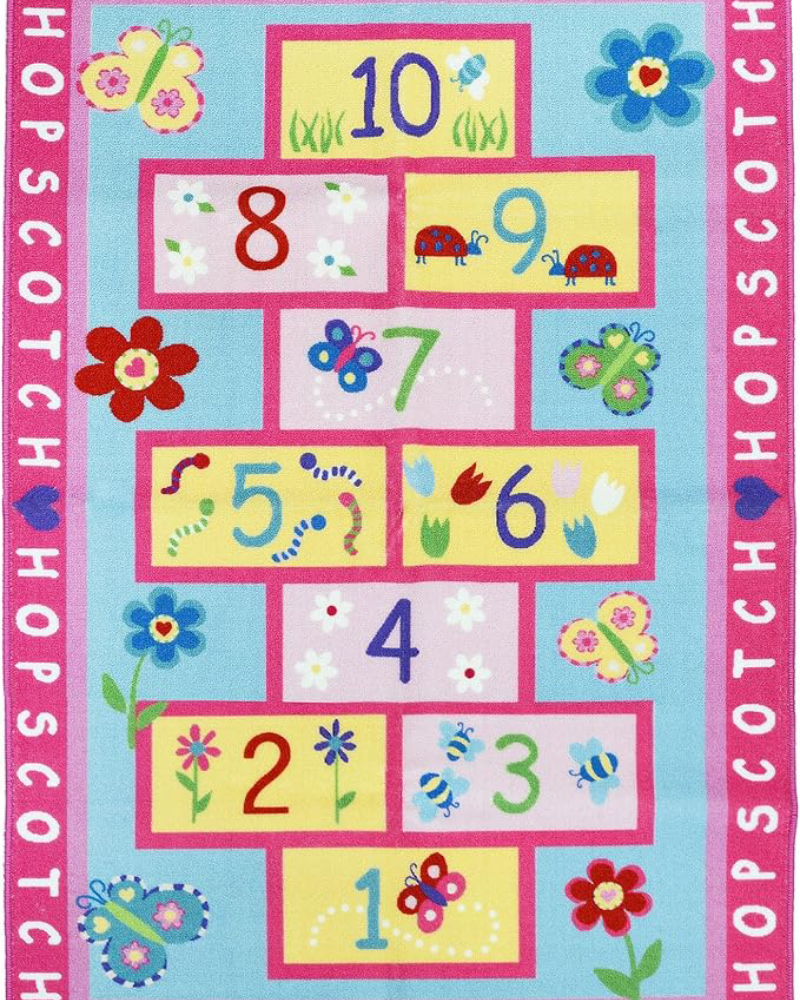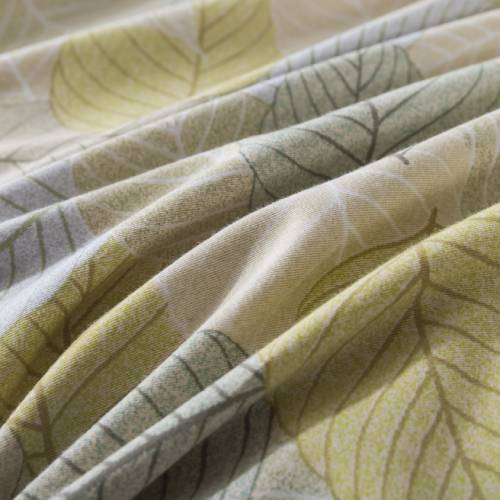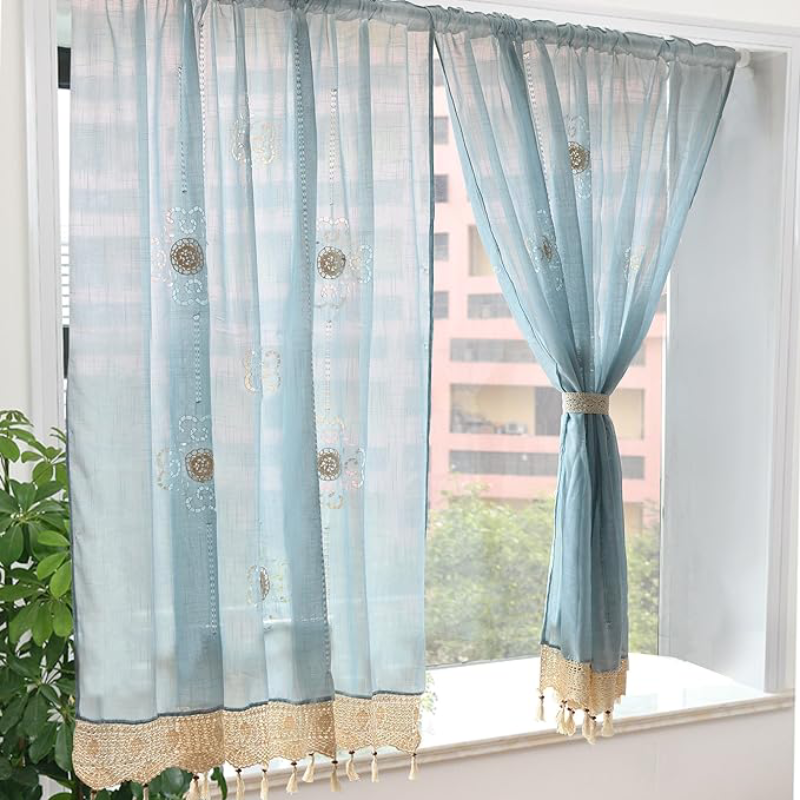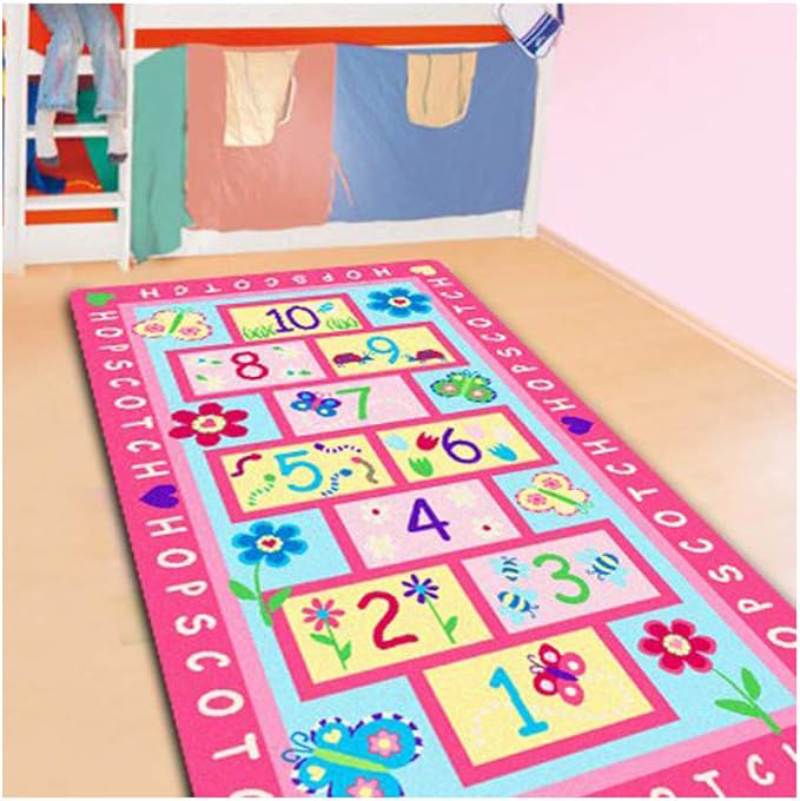Weaving looms have been an essential tool for crafting textiles for thousands of years, and they remain a popular way to create beautiful, handmade items. Whether you're new to weaving or an experienced artisan, the possibilities of what you can make with a loom are vast and versatile. From simple home décor to intricate clothing, a weaving loom allows you to create practical, durable, and unique items with your own personal touch.
In this blog, we will explore a wide range of practical things you can make using a weaving loom, focusing on projects that are useful, easy to customize, and rewarding for weavers of all skill levels.
1. Scarves and Shawls
One of the most common and practical projects for beginners and experienced weavers alike is making scarves and shawls. Weaving these accessories allows you to experiment with different yarns, colors, and patterns while creating something functional and fashionable.
Scarves: Scarves are perfect for practicing basic weaving techniques, such as plain weave or twill patterns. You can choose soft yarns like wool or alpaca for warmth or use lightweight fibers like cotton or silk for a breathable, summer-friendly scarf. The versatility of scarves means you can make them in various lengths, widths, and styles.
Shawls: Shawls are a larger and more intricate version of a scarf. They offer more surface area to experiment with patterns, textures, and colors. Whether you prefer a simple, rectangular shawl or a triangular one, shawls are an excellent way to showcase your weaving skills while creating a functional item that can be worn or gifted.
2. Blankets and Throws
Creating blankets and throws is another practical use of a weaving loom, especially for those who enjoy home décor projects. Weaving a blanket or throw is not only rewarding but also useful in providing warmth and comfort.
Baby Blankets: Smaller than full-sized blankets, baby blankets are a wonderful way to practice weaving while making a thoughtful, handmade gift. Cotton or bamboo yarns are soft and breathable, making them ideal for baby blankets, while wool is perfect for warmth.
Throws: A handwoven throw can be a stunning addition to any living room or bedroom. You can use heavier yarns to create a thick, cozy throw or lightweight yarns for a more decorative piece. Adding fringes or tassels to the edges gives the throw a finished and stylish look. With a weaving loom, you can design throws that perfectly match your home’s color scheme or make one as a special, personalized gift.
3. Placemats and Table Runners
Weaving practical kitchen and dining items, such as placemats and table runners, is a great way to add a handmade touch to your home décor. These projects are relatively simple, making them perfect for beginner weavers, yet they offer endless customization options.
Placemats: Placemats are a fantastic project for those who are still learning the basics of weaving. You can use cotton yarns or linen threads for durability and easy washing. Simple designs, such as stripes or color blocks, work well for placemats, but you can also experiment with patterns like houndstooth or checkered designs for a more intricate look.
Table Runners: A handwoven table runner is a great way to elevate your dining table or coffee table. You can customize the length and width to suit your table’s size and create designs that complement your dining room’s décor. Using natural fibers like linen or cotton adds a rustic, organic feel to the table, while more luxurious fibers like silk or wool can create a rich, elegant look.
4. Pillows and Cushion Covers
Weaving your own pillow or cushion covers is a practical way to add a personal touch to your home. These projects can be customized in size, texture, and color to match your décor, and they are a perfect way to experiment with more advanced weaving techniques.
Pillow Covers: Weaving fabric for pillow covers allows you to create something unique and durable. You can use a basic plain weave for a simple look, or try out more complex patterns such as twill, herringbone, or waffle weave for added texture. Pillow covers can be made with sturdy cotton or linen for everyday use, or you can choose softer materials like wool or silk for a more luxurious feel.
Cushions: Woven cushions can be a wonderful addition to any living room or bedroom. For a more rustic look, you can use natural fibers like hemp or jute, while soft yarns like merino wool add comfort and warmth. Adding decorative elements, such as fringes or embroidered details, can make your cushions stand out and become a focal point in any room.
5. Bags and Purses
Weaving your own bags or purses is a highly practical project that results in a functional and stylish accessory. These projects allow for creativity with patterns, colors, and textures, and they are perfect for weavers who want to challenge themselves with shaping and finishing techniques.
Tote Bags: A handwoven tote bag is not only environmentally friendly but also a versatile item that can be used for shopping, work, or everyday activities. You can weave a sturdy fabric using cotton or linen and add handles made from leather or woven straps for added strength. Tote bags are a great way to showcase bold patterns, color-blocking designs, or intricate details.
Pouches and Clutches: Smaller bags like pouches or clutches are ideal for holding personal items such as keys, phones, or cosmetics. These projects are smaller and quicker to complete, making them perfect for those who want a fast and rewarding project. You can weave intricate patterns, such as geometric designs, or opt for a simpler plain weave and let the colors shine through.
6. Wall Hangings and Art Pieces
Weaving on a loom isn’t limited to creating functional items—you can also use your loom to create decorative pieces for your home. Wall hangings, in particular, are a popular project among weavers looking to experiment with different textures, colors, and designs.
Wall Hangings: Weaving wall hangings allows you to be creative with materials and techniques. You can use a variety of yarns, including wool, cotton, and even metallic threads, to create stunning visual effects. Techniques such as rya knots, looped pile, and soumak stitching can add texture and dimension to your wall hangings. These pieces make excellent statement décor for any room and are a great way to practice more artistic forms of weaving.
Tapestries: For more advanced weavers, creating a woven tapestry can be a fulfilling artistic project. Tapestries allow for intricate patterns and detailed imagery, giving you the chance to weave more complex designs. These pieces can serve as both art and heirlooms, passed down through generations.
7. Rugs and Floor Mats
Rugs and floor mats are another practical use of a weaving loom. Whether you’re creating a small mat for your kitchen or a large area rug for your living room, weaving your own floor coverings allows you to design items that suit your space and style perfectly.
Area Rugs: A woven area rug can add warmth and texture to any room in your home. You can use thicker yarns like wool or jute to create a durable, long-lasting rug. Experimenting with geometric patterns, stripes, or more intricate designs like chevrons can make your rug a focal point in any space.
Bath Mats: A handwoven bath mat is an easy project that can add a touch of luxury to your bathroom. Cotton yarns are ideal for this project due to their absorbency and durability. You can keep the design simple with solid colors, or add stripes and patterns for a more dynamic look.
8. Belts and Sashes
Belts and sashes are smaller weaving projects that allow you to practice detailed work while creating something practical. These accessories can be woven in various widths and lengths, and they are an excellent way to use up leftover yarn from other projects.
Belts: A woven belt can be a stylish and functional addition to any wardrobe. You can use sturdy materials like cotton or leather cord for a more durable belt, or opt for softer materials like wool or silk for a decorative sash. Adding hardware like buckles or loops allows for customization, and you can experiment with different weave patterns to create a unique look.
Sashes: Sashes can be worn as a fashion accessory or used as a decorative element in home décor. They are versatile and can be made with lightweight materials like silk or linen. You can add fringe or beaded embellishments to give the sash a more decorative finish.
Conclusion
Weaving with a loom offers endless possibilities for creating practical and beautiful items. Whether you're making clothing accessories like scarves and belts, home décor like blankets and rugs, or artistic pieces like wall hangings, weaving allows you to craft unique, handmade goods that are both functional and aesthetically pleasing. As you continue to develop your weaving skills, you’ll find that the scope of what you can make expands, and the satisfaction of creating your own practical items from scratch only grows.

